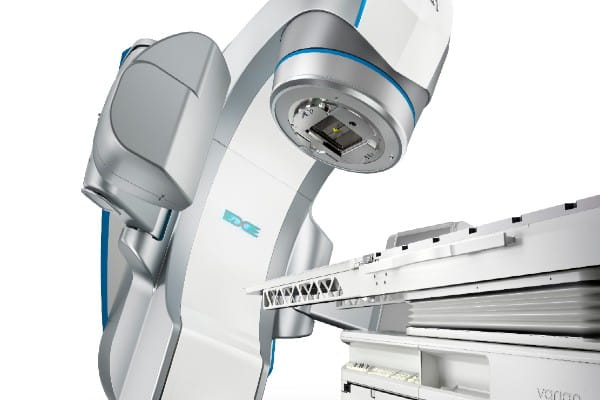Spinal stenosis overview
What is spinal stenosis?
Spinal stenosis is a narrowing of the spinal canal that can put pressure on the spinal cord and nerves.Who gets it and when?
Older adults are more likely to develop spinal stenosis.What causes spinal stenosis
What are the causes and risk factors of spinal stenosis?
The risk of developing spinal stenosis increases with trauma to the spine, herniated discs, degenerative disc disease and osteoarthritis of the spine.Spinal stenosis symptoms
What are the signs and symptoms of spinal stenosis?
People with spinal stenosis may experience:
- Pain
- Weakness, numbness and/or tingling in the buttocks, thighs and lower legs on both sides of the body (especially when standing or walking)
- In advanced cases, cauda equina syndrome [LINK]
Spinal stenosis diagnosis
How is spinal stenosis diagnosed?
To diagnose spinal stenosis, your provider will start by reviewing your medical history and conducting a physical exam. Diagnostic imaging will likely include an X-ray, MRI and/or CT.
Treatment for spinal stenosis
How is spinal stenosis treated?
Medical
NSAIDs, as well as the application of heat and ice, may be used to manage symptoms of spinal stenosis.
Non-Surgical Procedures
Ultrasound waves, electrical stimulation and epidural steroid injections may be used to treat the affected region.
Surgical
If this condition does not respond to more conservative treatment methods, a spinal deformity surgery can be performed with selective removal of certain portions of the vertebrae as well as screws and rods which can used straight and the spinal column and fuse it in a more favorable position


